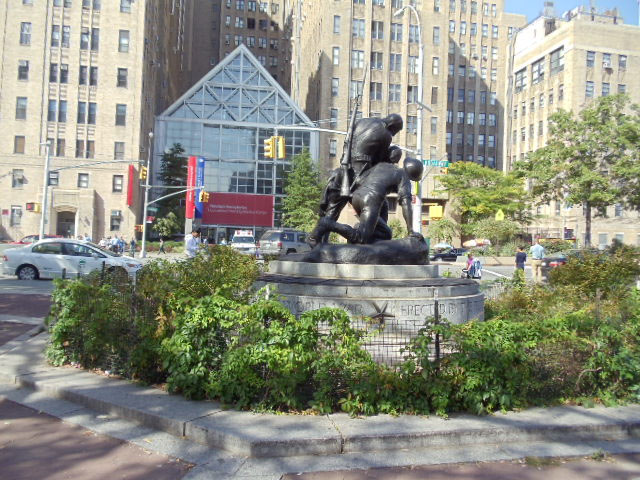
This picture was taken in the capitol building in Washington D.C. It is a statue of Maria L. Sanford a well-known pursuer of knowledge. At the age of 16 she began her teaching career. She funded her own higher education using her dowry funds. She rose in rank as a national educator and became the principal and superintendent of many schools located in Pennsylvania.
Sanford was very enthusiastic when it came to education. This is something we both have in common. As a professor at the University of Minnesota to which she was invited to become a faculty of, she lectured students on literature and art history. These are areas in education for which I have a deep respect for as well. Sanford would challenge her students every day to perform well in her classes. She was a political activist as well and gave speeches to many and believed strongly in women’s right, education for African Americans, and adult education. Sanford was well-traveled and gave more than one-thousand speeches. She later went on to creating the Minneapolis Improvement League which helped to further the causes she believed in. Sanford was picked in 1920 to give a speech at the state celebration when the 19th amendment was passed. The amendment gave women the right to vote. In 1958, Minnesota chose Maria Sanford to represent the state in The National Statuary hall in Washington D.C. This was decision well-fitting of a women who was well ahead of her times!
Citation
Maria Sanford, Architect of the Capitol | United States Capitol, https://www.aoc.gov/art/national-statuary-hall-collection/maria-sanford (last visited Apr 3, 2017).








